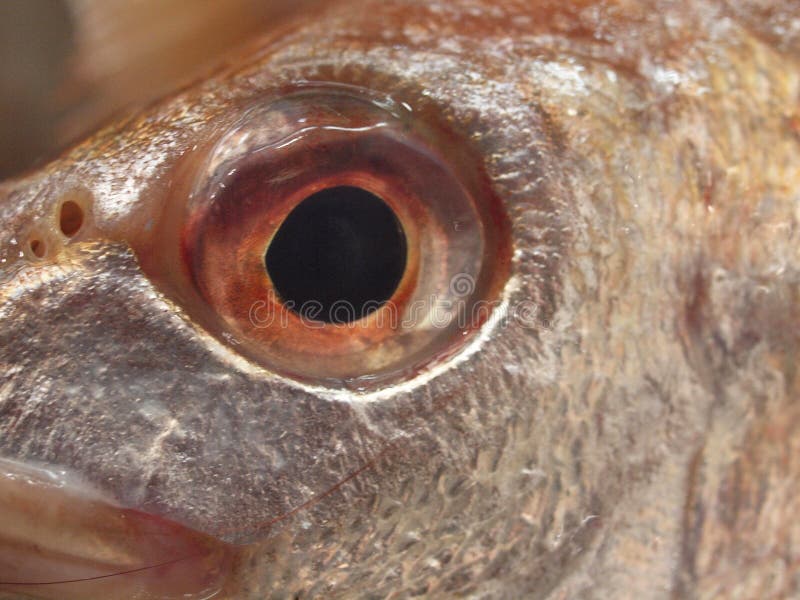

Relative to lure sizes, artificial softbaits from 1- to 3-inches in size rarely fail to entice strikes-even on the toughest days-because bass detect fewer negative cues, as bait size shrinks. In short, a generalist forage profile and silhouette, such as a black Micro TRD™, marabou jig or a green pumpkin Tiny TicklerZ™ will induce bites in almost any environment. And yet, while matching prevailing hatches with lifelike lures can appeal visually to bass-particularly in clear water and especially for smallmouth bass-angling success often stems from lively lure movements rather than body shape alone. As summer approaches, newly hatched clouds of baby gamefish, shad, shiners and bullheads enliven the menu.Īs predatory opportunists, bass eat them all. Invertebrates such as mayfly and midge larvae and aquatic worms known as oligochaetes can all figure prominently into bass feeding. Late winter through spring is one phase when bass may key on colonies of freshwater invertebrates as a means of maintenance feeding, nourishing themselves until baitfish begin to hatch. Unquestionably, while bass of both species derive greater caloric value and growth from a diet of larger baitfish, invertebrates and young fish (including bass fry) can sustain bass during coolwater periods, while heartier food is scarce. A separate study of smallmouth bass 2 found that among 95 bass stomachs containing food, 58 contained small crayfish, while only 13 held fish. One study 1 of largemouth bass diets, for example, revealed that among a sample size of 43 adult bass, 30 of their stomachs contained invertebrates (insects and larvae), while only 19 contained fish or 257 total invertebrates versus 118 fish. Turns out, bass of all sizes feed on small stuff-invertebrates like baby crayfish, insect larvae and tiny minnows-much more often than we realize.


 0 kommentar(er)
0 kommentar(er)
